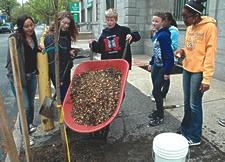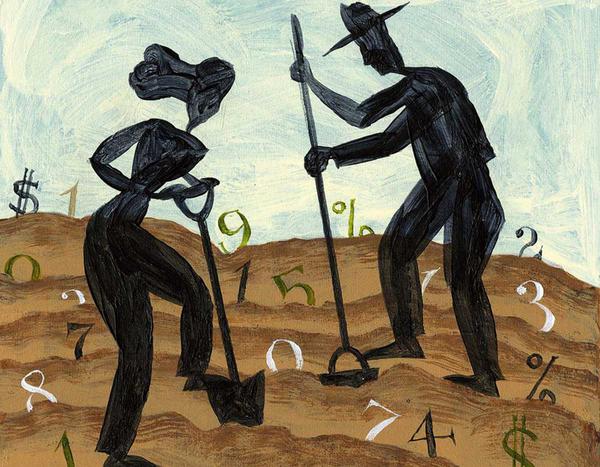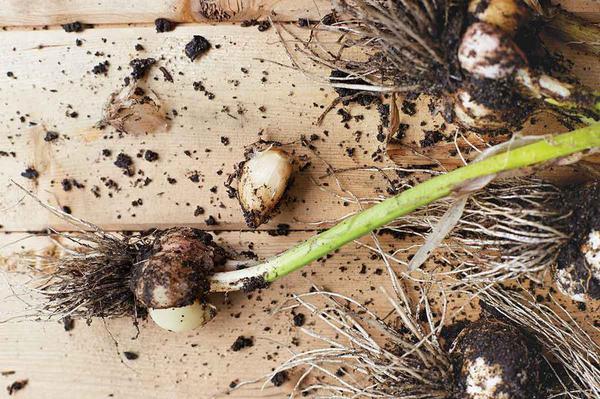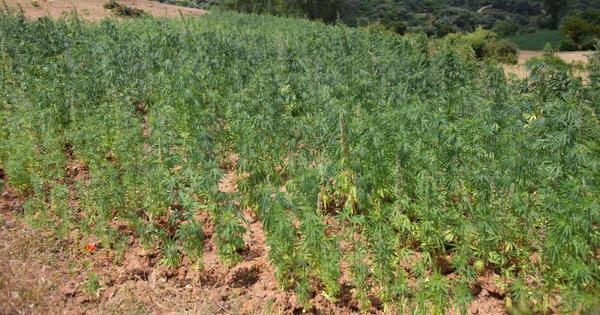How Regional Food Hubs Shrink the Path from Farm to Fridge
Then, in 2010, she was hired to prepare a feasibility study for a would-be agricultural incubator – a place for new farmers to train and share resources. Williams interviewed growers in and around the tiny hamlet of Athens, New York, where her parents owned a home, and heard the same complaint: Small farms with relatively low volumes of less-than-perfect produce found it impossible to win contracts from major retailers, and challenging to build a base of individual consumers.










